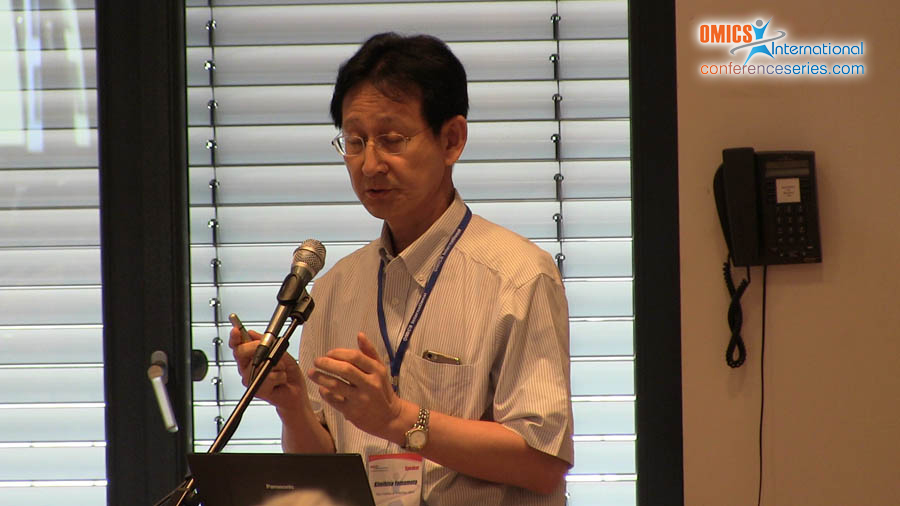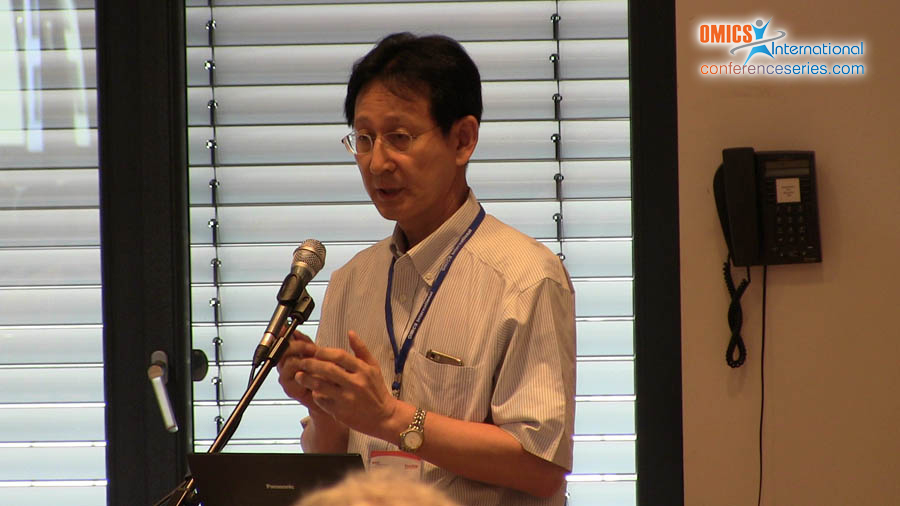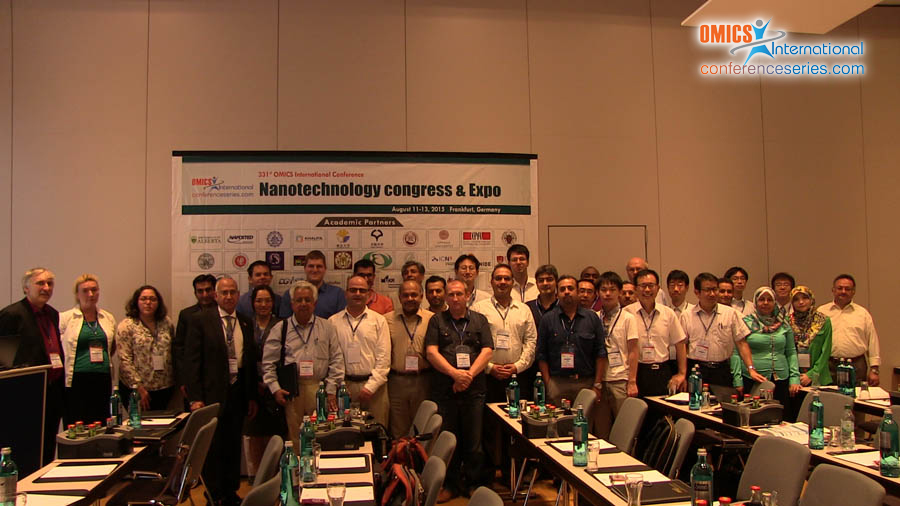
Kimihisa Yamamoto
Tokyo Institute of Technology, Japan
Title: Synthesis of sub nano-size metal particles using a nano-reactor
Biography
Biography: Kimihisa Yamamoto
Abstract
We show that tinchlorides, SnCl2 and FeCl3 complexes to the imines groups of a spherical polyphenyl- azomethine dendrimer in a stepwise fashion according to an electron gradient, with complexation in a more peripheral generation proceeding only after complexation in generations closer to the core has been completed. The metal-assembly in a discrete molecule can be converted to a size-regulated metal cluster with a size smaller than 1 nm as a molecular reactor. Due to the well-defined number of metal clusters in the subnanometer size region, its property is much different from that of bulk or general metal nanoparticles. Dendrimers are highly branched organic macromolecules with successive layers or “generations†of branch units surrounding a central core. Organic inorganic hybrid versions have also been produced, by trapping metal ions or metal clusters within the voids of the dendrimers. Their unusual, tree-like topology endows these nanometre-sized macromolecules with a gradient in branch density from the interior to the exterior, which can be exploited to direct the transfer of charge and energy from the dendrimer periphery to its core. Here we show that tin ions, Sn2+, complex to the imines groups of a spherical polyphenylazomethine dendrimer in a stepwise fashion according to an electron gradient, with complexation in a more peripheral generation proceeding only after complexation in generations closer to the core has been completed. By attaching an electron-withdrawing group to the dendrimer core, we are able to change the complexation pattern, so that the core imines are complexed last. By further extending this strategy, it should be possible to control the number and location of metal ions incorporated into dendrimer structures, which might and uses as tailored catalysts, building blocks, or fine-controlled clusters for advanced materials(Figure 1).



